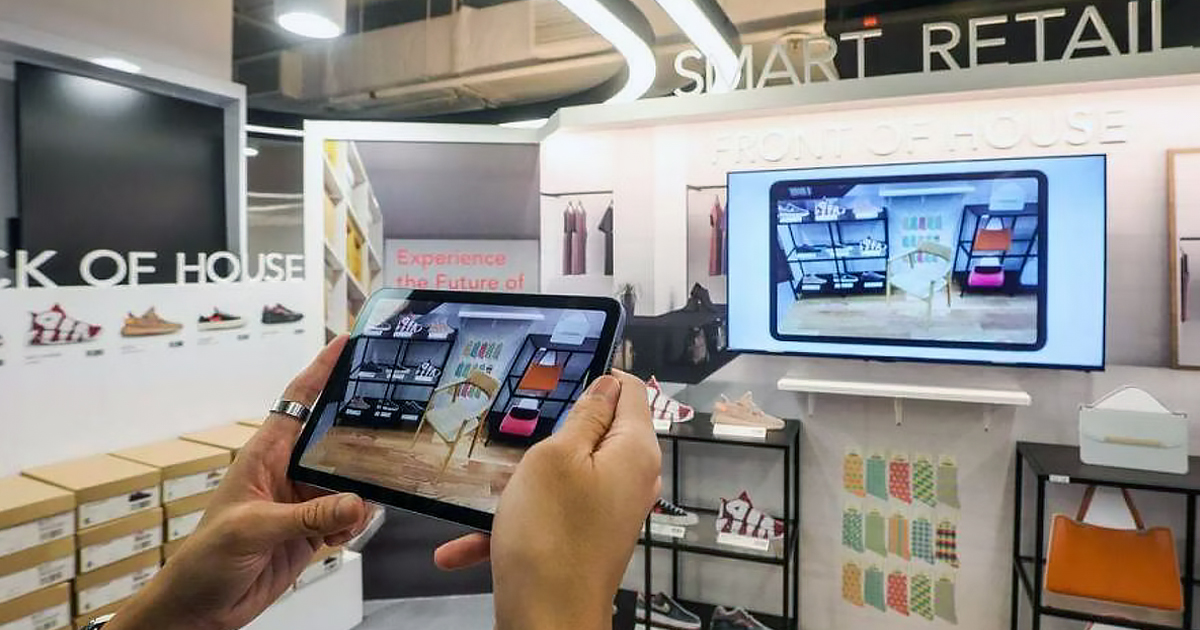
By Sarah Ler You've heard of local electronics mecca Sim Lim Square, but what about “Sim Lim meeting tables”? At Paris trade show Maison & Objet this year, Singapore furniture player Ipse Ipsa Ipsum displayed a table collection named after the iconic mall, with e-waste upcycled into functional and stylish tabletops. This sustainable collection is just one of the new products and retail concepts that have emerged in response to shifts in consumer behaviour over the past five years. With more consumers preferring to shop through multiple channels and seeking novel shopping experiences, the retail industry needs to continually refresh its offerings and capitalise on emerging trends.
A new niche in sustainability
One such trend is the increase in conscious consumerism, which is already shaping strategies of retailers such as Ipse Ipsa Ipsum. Shoe retailer Anothersole, too, has broadened its product range with a sustainability-focused line: bags made from plastic waste. In a creative collaboration between furniture player Commune and leather product company Bynd Artisan, Commune provides off-cut leather that can be repurposed into new products instead of being thrown away. Not only does this reduce waste, it allows the partners to build brand value by coming together to co-create unique products with quality materials, and tap each other’s consumer pool. This is the best of both worlds: providing a new brand experience while meeting the needs of the eco-conscious consumer. Bynd Artisan’s sub-brand reBynd, which sells upcycled leather products, has also partnered multi-label store Neighborhood Goods in Texas to start selling in the US market.Selling an experience
Customer experience is no longer just about good service. Retailers who want to engage and excite customers must keep the experience fresh and meet the rising demand for experiential shopping. Increasingly, retailers of all sizes have incorporated tech-enabled personalisation to improve the customer journey and ensure a seamless online-to-offline experience. It is now common for customers browsing sites by companies such as Mummys Market – a baby-fair organiser – to be served curated products and marketing content, thanks to consumer analytics tools that capture their preferences. In Mummys Market’s case, after customers visit the website, they can then find out more and purchase the products through Facebook Live or TikTok sessions, or at the physical store. Such efforts are just the starting point. Many retailers are taking it up a notch, by experimenting with new technologies and retail spaces to level up the customer experience. Gem retailer Madly’s flagship Brand Experience Centre uses technology to provide an immersive experience. Customers can see gems in their rough form at the mines, watch how a rough gem is shaped and polished, then become part of the creative process by co-designing their own jewellery with in-house designers. This bespoke, tech-enabled engagement allows Madly to amplify its brand story, educate clients on coloured gemstones and provide a novel retail experience.Innovate, innovate, innovate
Innovation is key to enable firms to ride on such trends. This could take the form of digital innovation, product and service innovation, or even business model changes. Menswear retailer Benjamin Barker, for instance, adopted nanotechnology to enhance the quality of its shirts by adding antibacterial, anti-stain, and water-repellent properties. Hegen, a retailer specialising in baby milk bottles, came up with a patented “press-to-close, twist-to-open” mechanism to overcome the inconvenience of traditional screw-on baby bottle caps. Its unique product has been well received in over 17 countries, including highly competitive markets such as China and the US. While the innovation journey can be challenging, the right expertise makes it quicker and simpler to implement new technology or embark on innovation. Retailers can approach Enterprise Singapore’s Centres of Innovation to develop, test and commercialise new ideas. For example, the Centre of Innovation for Beauty and Personal Care – in collaboration with Singapore Polytechnic’s Consumer Chemical Technology Centre – allows retailers to not only formulate innovative beauty products and bring them quickly to market, but also better understand consumer behaviour and gain market acceptance. Others can consider using open innovation challenges to partner like-minded companies and leverage each other’s capabilities. Last year, the Singapore Retailers Association organised the first Retail Reimagined Innovation Challenge to help companies crowdsource creative solutions to key industry issues, from sustainability to the omnichannel user experience. Singapore’s retailers have shown great resilience over the past three years, with retail sales bouncing back to pre-pandemic levels. Many have adopted digital solutions to automate logistics, ventured into e-commerce and even transformed their approaches to sales and engaging customers. In another decade, the state of retail could be vastly different from what we see today. While there is little doubt that all businesses – retailers included – will continue to face macroeconomic headwinds, continued transformation can go a long way in helping Singapore retailers grow further. Now is the time for our retailers to rethink, rejuvenate and make their move to carve a distinctive offering for their businesses. The writer is Enterprise Singapore’s director for retail and design
Source: The Business Times © Singapore Press Holdings Limited. Reproduced with permission.

